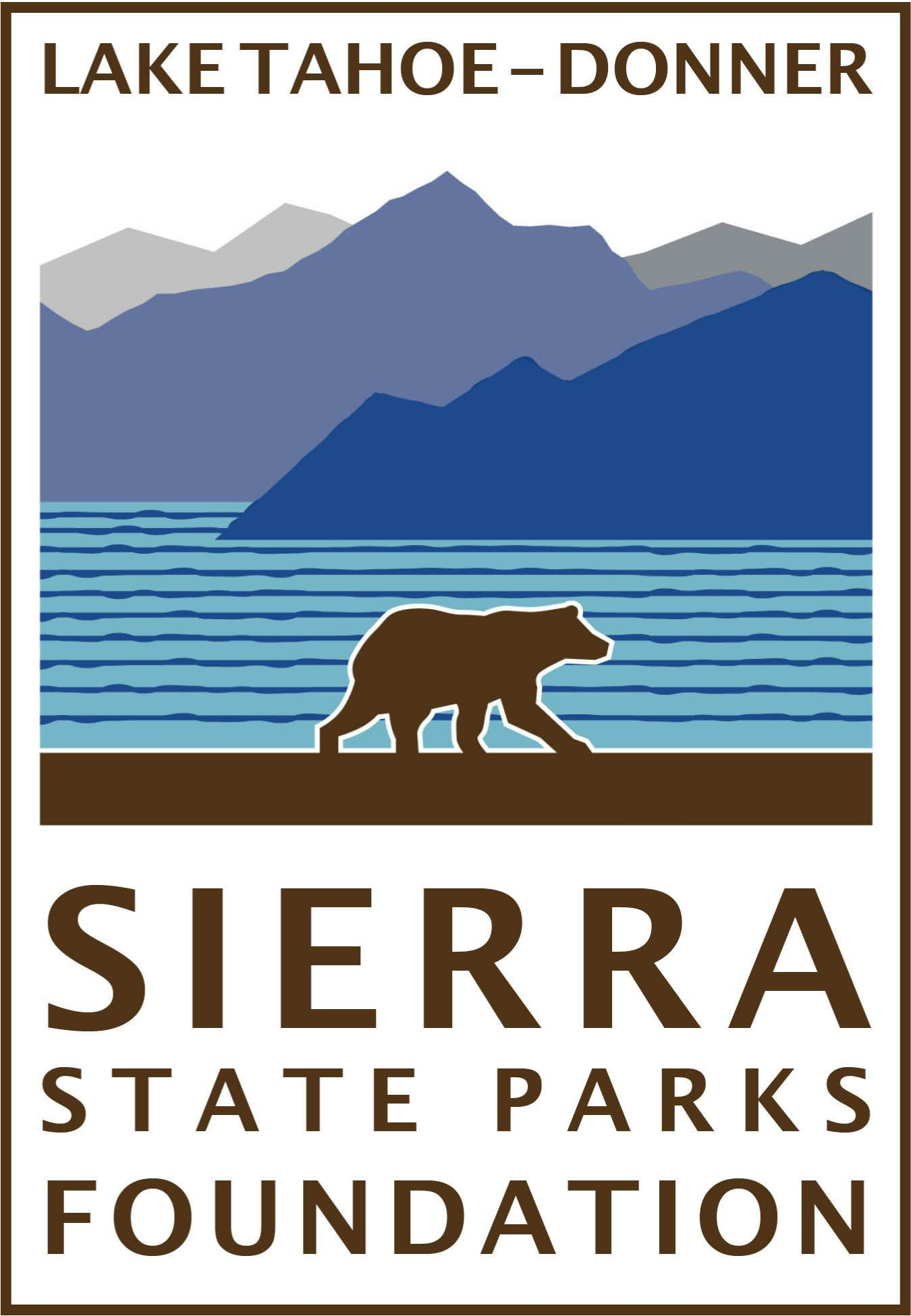What did the Washoes call home?
According to Washoe legend, Gewe, the coyote, led the Washoe people to the Lake Tahoe region, proclaiming it their new home. The goddess Nentašu then bestowed power upon the plants and animals, ensuring that they would thrive and provide food and medicine to sustain the people (California Trail Interpretative Center).
The Washoe people’s lifestyle had adapted to the seasons and conditions of their homeland which included hunting, fishing, gathering and seasonal migrations to and from Lake Tahoe. They lived near the lake during the warmer months hunting wild game, fishing for trout, and gathering pine nuts, seeds, berries, and roots. In the winter, they moved to the nearby lowland valleys where they survived on stored food or through ice fishing.
The Washoe culture was deeply family-oriented, with life centered around the structure of extended family groups. These families often traveled together throughout the year, and their winter homes, called galais dungal, were central to their way of life. These larger, more durable structures provided shelter from the harsh winter cold. Each winter camp typically consisted of four to ten family groups, all living in separate galais dungal that were constructed using a sturdy frame and layered with hides, poles, and brush for insulation. Inside, a fire pit in the center provided warmth, while a hole in the roof allowed smoke to escape. A large pile of firewood was always kept nearby, and the door of each house faced east to catch the first light of the day. Many of these winter camps were located near the hot springs found along the eastern Sierra Nevada mountains (Forest Service).
In contrast, gadu (summer houses) were simpler and made from materials that were readily available in the area. If a house was built near a river, it might be constructed with willow branches. These summer homes served more as windbreaks than fully enclosed structures. Once the fish runs at Lake Tahoe ended, families would disperse into the surrounding mountain regions, where alpine lakes offered an abundance of fish and game like mountain quail and grouse (Forest Service).
Today, approximately 1,550 enrolled members of the Washoe Tribe of Nevada and California live in communities, or tribal lands throughout the Reno, Carson Valley, and Gardnerville areas of Nevada, as well as the Woodfords Community in Alpine County, California. One-third of tribal members live off-reservation, while many live within their ancestral homeland. An active tribal government currently lobbies for land around the Lake Tahoe Basin and works with federal and state agencies and private landowners to protect sites that remain important and sacred to the Washoe (“Get to Know the Washoe Tribe”, Palisades Tahoe). The Sierra District of California State Parks signed a 5-year Memorandum of Understanding (MOU) with the Washoe Tribe in January 2023, which outlines mutual-beneficial activities and co-management priorities for both State Parks and the Tribe in all park units located within the Washoe traditional homelands.
This history is significant because it reminds us of the deep connection between people, the land, and the cycles of nature. Understanding the cultural practices of the Washoe people encourages us to honor the land’s history and consider how we, too, can live in harmony with the seasons—perhaps by eating seasonal produce or focusing on strengthening family ties, just as the Washoe did!
Photos by the Forest Service and the Sierra State Parks Foundation

